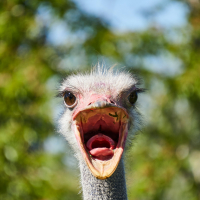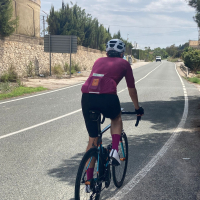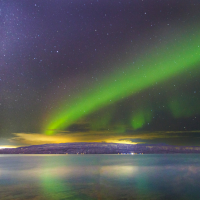Giro 2022 - Stage 4: Avola – Etna 170 km ***Spoilers***

Tuesday, May 10th, 11:25 BST
The race finally enters Italy through Sicily and the Giro first mountain ascent, which is also the first mountaintop finish. This year’s Etna stage finishes on the same place as in 2017, Rifugio Sapienza, but after a different climb. The finish climb, which catagorised first, adds up to 22.8 kilometres and averages just under 6%.

Etna is the most included climb in the recent history of the Giro. This will be the fourth time that the riders ascend the active stratovolcano in the last 6 editions. On all occassions it was a breakaway rider who took the spoils, respectively Jan Polanc (2017), Esteban Chaves (2018) and Jonathan Caicedo (2020). Starting from Avola, on the east coast, the race proceeds inland on a rolling terrain, passing Noto (the capital of Sicilian Baroque), Pantalica and Vizzini. After a descent there follows 50 km of mostly flat roads to approach the volcano. The climb is approached from Biancavilla, on a recently asphalted panoramic route.

Final kms.
The stage finishes by the Rifugio Sapienza. Part of this road is the same as 2018. There is an 8.7% section, ending at around 6 km to go. The last 3 km are on wide and well-paved road. The road winds its way along wide hairpins, mostly on lava fields. There is a mild counterslope with 500 m to go, before the final U-turn (250 m before the finish). Here, the road goes up again along the home stretch (200 m, 3% uphill grade), leading to the finish line, on 7 m wide asphalt road.
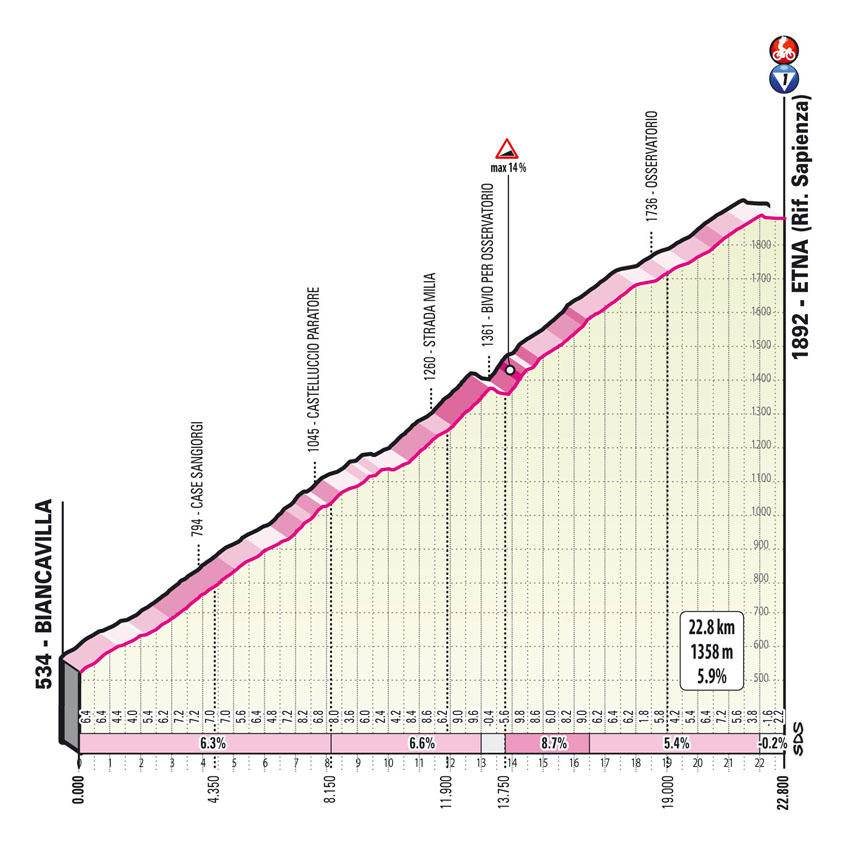
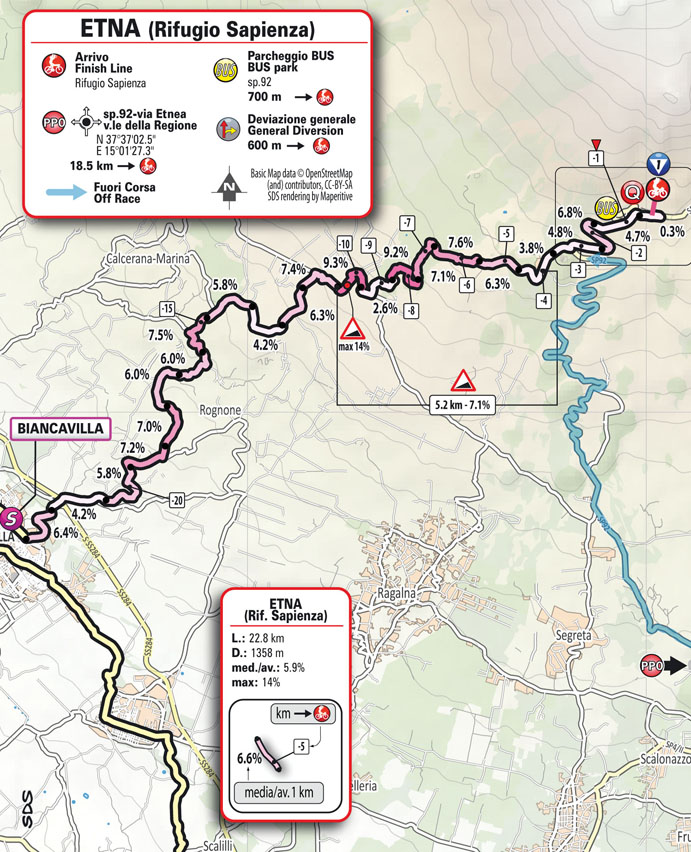

What to expect
By stage 4, time gaps should still be pretty small, so maybe this time the breakaway will not succeed. However, it's quite possible that a few will have targeted this stage, so when looking for breakaway candidates, look to see who has deliberately lost time
So re we going to see a GC clash this early in the race? It remains to be seen. As we have seen in recent editions, much will depend upon the wind.
Favourites 4th stage 2022 Giro d’Italia
***** Simon Yates, Joao Almeida
**** Richard Carapaz, Miguel Ángel López, Mikel Landa
*** Romain Bardet, Wout Poels,
** Vincenzo Nibali, Lennard Kämna, Pavel Sivakov, David de la Cruz, Guillaume Martin
* Koen Bouwman, Thomas De Gendt, Rein Taaramäe,
Avola
The town of Avola, which nestles comfortably between the Ionian Sea and the gentle slopes of the Hyblaean Mountains. Avola is a centre for three different types of almond: Pizzuta, Fascionello and Romana or Corrente d'Avola. These almonds can only grow either in sea areas or on little hills, where frost rarely happens. Since Avola belongs to one of the sunniest towns in Sicily, this makes it one of the main production areas for almond. Pizzuta and Fascionello are mainly used in the making of "Confetti", white sugared almonds, "Granita", ice slush, almond milk and other pastries, while Romana is only used for pastries and other bakery products.

The Nero d'Avola, a typical red wine of Sicily, is named after the city of Avola, where the first grafting of the vine was made, but its grapes may grow and the wine be produced in other regions of the island too.

Etna-Nicolosi (Rif. Sapienza)
Nicolosi, a town on the slopes of Etna, was built around the twelfth century by those who lived in the areas surrounding the monastery of S. Nicolò La Rena, now the seat of the Etna Park Authority. It has been rebuilt several times. The terrible eruption of 1669, which originated the Monti Rossi, reaching the city of Catania and the sea and the subsequent lava flows of 1776 and 1886. Despite the damage caused by the numerous lava flows and earthquakes, the town was able to be reborn.
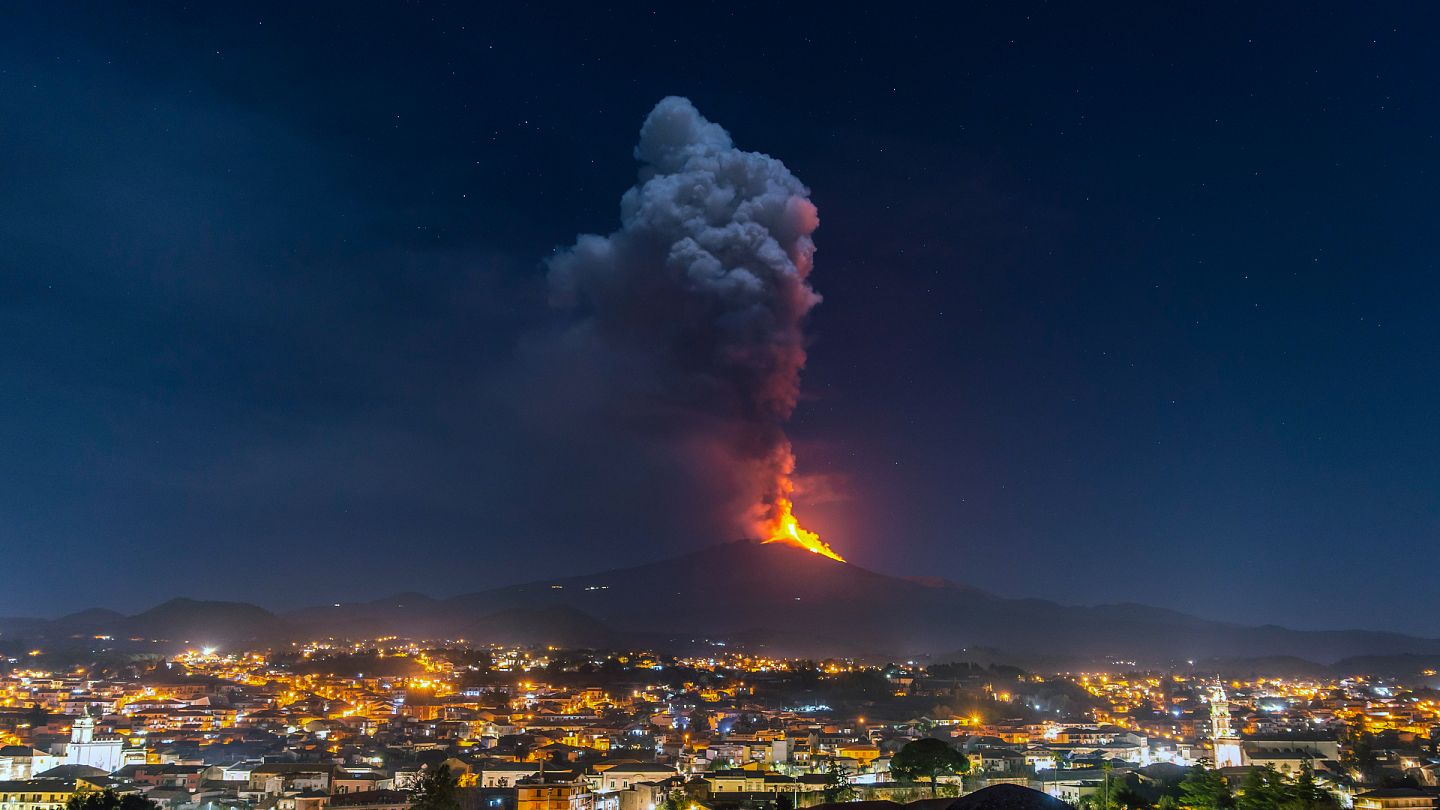
Gastronomy
Nicolosi stands out in the Etnea area for a typical bread made with rye semolina: the black bread of Immanu which during famines, due to the rustic nature of the species, still managed to feed the population.
The traditional Nicolosita gastronomy draws its origins from the peasant culture and is based on “poor”, simple and genuine dishes based on local agriculture. Among the first courses, therefore, the pasta with legumes (pasta cch’i cicira, pasta with chickpeas, for the feast of San Giuseppe), with wild fennel, broccoli (vrocculi affucati), cauliflower, asparagus wild. Among the latter we mention the “aggrassato” veal (cooked slowly with onion and wine), ‘u fassumauru (meat rollé), roasted lamb and sweet and sour wild rabbits.
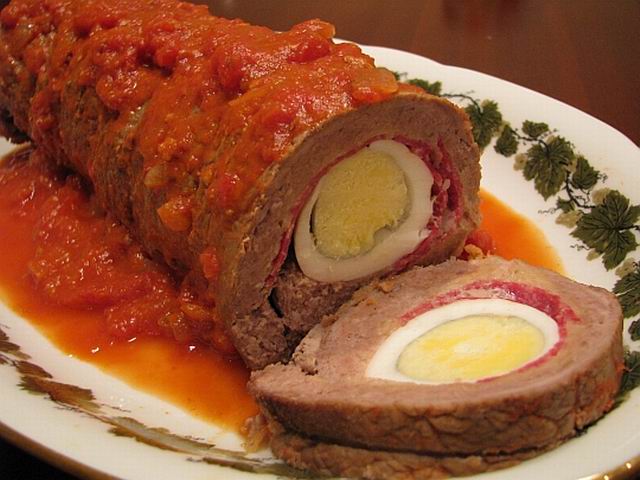
Comments
-
Do any of the GC teams want to take the jersey tomorrow?
If not, then a breakaway might still win.0 -
Any chance of wind neutralising attacks on the climb from the GC group?"If I was a 38 year old man, I definitely wouldn't be riding a bright yellow bike with Hello Kitty disc wheels, put it that way. What we're witnessing here is the world's most high profile mid-life crisis" Afx237vi Mon Jul 20, 2009 2:43 pm0
-
Love a bit of Nero D'Avola0
-
6kms into tomorrow's stage, the race passes through Noto. I spent 3 nights there, right at the end of May, 2019.
It's just a modest sized town of about 25,000 inhabitants. However, there is nothing modest about the town centre.

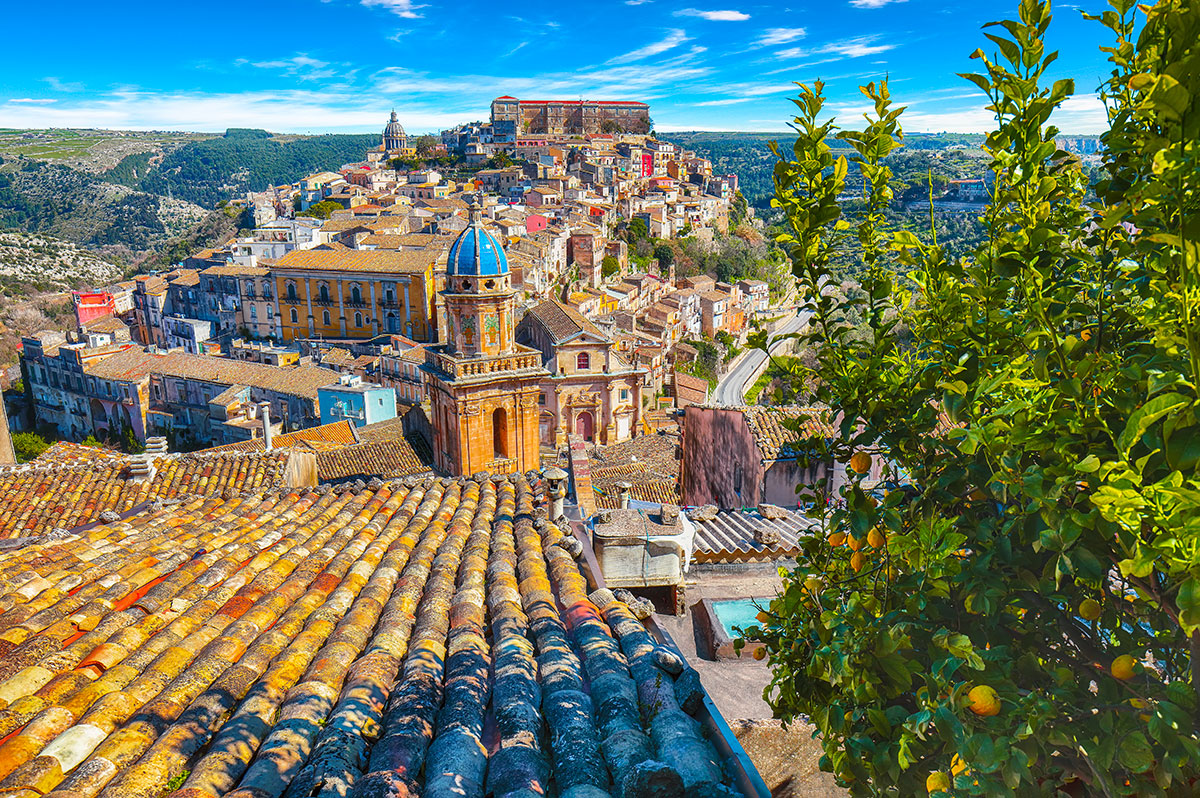
"Science is a tool for cheaters". An anonymous French PE teacher.1 -
Three stars for Chaves might be a stretch. He won on Etna last time, but at least he was in the race then…blazing_saddles said:
***** Simon Yates, Joao Almeida
**** Richard Carapaz, Miguel Ángel López, Mikel Landa
*** Romain Bardet, Wout Poels, Esteban Chaves
** Vincenzo Nibali, Lennard Kämna, Pavel Sivakov, David de la Cruz
* Koen Bouwman, Thomas De Gendt, Rein Taaramäe, Koen Bouwman0 -
I might drink a bottle of Nero d'Avola tomorrow. Since it is my birthday.0
-
These early stages were done before the start and therefore I had to use provisional startlists.red.rider said:
Three stars for Chaves might be a stretch. He won on Etna last time, but at least he was in the race then…blazing_saddles said:
***** Simon Yates, Joao Almeida
**** Richard Carapaz, Miguel Ángel López, Mikel Landa
*** Romain Bardet, Wout Poels, Esteban Chaves
** Vincenzo Nibali, Lennard Kämna, Pavel Sivakov, David de la Cruz
* Koen Bouwman, Thomas De Gendt, Rein Taaramäe, Koen Bouwman
Don't have time to re-check everything.
If you had been quicker, you could have picked me up for Jan Tratnik too.
Still, nice to know that somebody reads these threads.
Chaves now removed."Science is a tool for cheaters". An anonymous French PE teacher.2 -
Big old climb for stage 4 of a GT.0
-
Despite Blazing's 5 and 4 star choices for tomorrow, I can't imagine any of the GC contenders winning, unless a larger group of them are at the front towards the end and one gains few seconds on the others. I think the teams with GC contenders will ride conservatively unless they notice another GC contender having an off-day, when they will all ride to take advantage of his off-day rather than to actually try and win the stage.blazing_saddles said:
Favourites 4th stage 2022 Giro d’Italia
***** Simon Yates, Joao Almeida
**** Richard Carapaz, Miguel Ángel López, Mikel Landa
*** Romain Bardet, Wout Poels,
** Vincenzo Nibali, Lennard Kämna, Pavel Sivakov, David de la Cruz
* Koen Bouwman, Thomas De Gendt, Rein Taaramäe, Koen Bouwman
Of Blazings' selections, Poels therefore looks the best bet, or any of the 1 and 2 star nominations like De Gendt or Nibali, or especially one of the two riders called Koen Bouwman, both given 1 star by Blazings.
There are probably another half-a-dozen riders one could name as potential stage winners, one being Guillaume Martin, who, significantly, during April stayed several days at the Rifugio Sapienza to learn and to ride the ascent at the end of this stage. Martin has already won a stage which finished at the Rifugio Sapienza, albeit coming from the other direction (Tour of Sicily, 2019) .
0 -
I think Martin is a good shout for tomorrow, good enough to get away from a select group but not so good that'll they worry too much about him as a GC threat.0
-
I may be reading your post wrong, but it seems like you think the winner will come from the breakaway. (inferred from half-a-dozen riders one could name as potential stage winners)jimmyjams said:
There are probably another half-a-dozen riders one could name as potential stage winners, one being Guillaume Martin, who, significantly, during April stayed several days at the Rifugio Sapienza to learn and to ride the ascent at the end of this stage. Martin has already won a stage which finished at the Rifugio Sapienza, albeit coming from the other direction (Tour of Sicily, 2019) .
I just can't see Guillaume Martin being allowed into the breakaway, given he's just 53" down on Simon Yates, although should he win, it would make a very interesting scenario.
"Science is a tool for cheaters". An anonymous French PE teacher.0 -
In order to do it this way, he's got to hang in with the collective trains for 20kms. Something he's not been too successful at in the past.andyp said:I think Martin is a good shout for tomorrow, good enough to get away from a select group but not so good that'll they worry too much about him as a GC threat.
Nevertheless, I will add him to the list at 2 stars, one for each up vote."Science is a tool for cheaters". An anonymous French PE teacher.0 -
blazing_saddles said:
In order to do it this way, he's got to hang in with the collective trains for 20kms. Something he's not been too successful at in the past.andyp said:I think Martin is a good shout for tomorrow, good enough to get away from a select group but not so good that'll they worry too much about him as a GC threat.
Nevertheless, I will add him to the list at 2 stars, one for each up vote.
But will the trains be that fast tomorrow? I thinking the Cardiff to Abergavenny stopper train more than HS2
I think the break will be reeled in and an opportunist will clip off in the last couple of kms while the big favourites watch each other. Someone like Martin.Twitter: @RichN950 -
I guess we'll have to wait and see how your PTP does.RichN95. said:blazing_saddles said:
In order to do it this way, he's got to hang in with the collective trains for 20kms. Something he's not been too successful at in the past.andyp said:I think Martin is a good shout for tomorrow, good enough to get away from a select group but not so good that'll they worry too much about him as a GC threat.
Nevertheless, I will add him to the list at 2 stars, one for each up vote.
But will the trains be that fast tomorrow? I thinking the Cardiff to Abergavenny stopper train more than HS2
I think the break will be reeled in and an opportunist will clip off in the last couple of kms while the big favourites watch each other. Someone like Martin.
I have him in my Velogames team, so I hope folks are right."Science is a tool for cheaters". An anonymous French PE teacher.0 -
Happy birthday.bobmcstuff said:I might drink a bottle of Nero d'Avola tomorrow. Since it is my birthday.
0 -
Happy birthday, Bob!PTP Champion 2019, 2022 & 20230
-
Today's all important weather forecast and it's better than was expected a couple of days ago.

Although, it does suggest there will be a modest headwind for much of the climb.
"Science is a tool for cheaters". An anonymous French PE teacher.0 -
I am more excited about todays stage than I have been about some others in recent months.
It would seem to be harder to predict than many other stages and I hope that translates into an entertaining stage to watch.0 -
On the assumption that he's able to, I cant think that Carapaz will want to lose anymore time to Yates. I can see a bit of a damp squib stage amongst the GC faves with RC going for a small gap win. Yates happy to follow him over and end up in pink?2020/2021/2022 Metric Century Challenge Winner1
-
It is a conundrum for GC.
Nobody wants to lose time. Nobody wants the jersey this early.The above may be fact, or fiction, I may be serious, I may be jesting.
I am not sure. You have no chance.Veronese68 wrote:PB is the most sensible person on here.0 -
Yates in Pink after an Etna stage could be a curse.0
-
I'm not sure it will be. Stage 7 is perfect for someone to get 5 minutes and take the jersey. Matt White said as much on the Cycling Podcast.0
-
Will ineos get creative ?"If I was a 38 year old man, I definitely wouldn't be riding a bright yellow bike with Hello Kitty disc wheels, put it that way. What we're witnessing here is the world's most high profile mid-life crisis" Afx237vi Mon Jul 20, 2009 2:43 pm0
-
Any of the contenders would have to be pretty badly out of form to get dropped on a steady 6% climb on day 4.0

